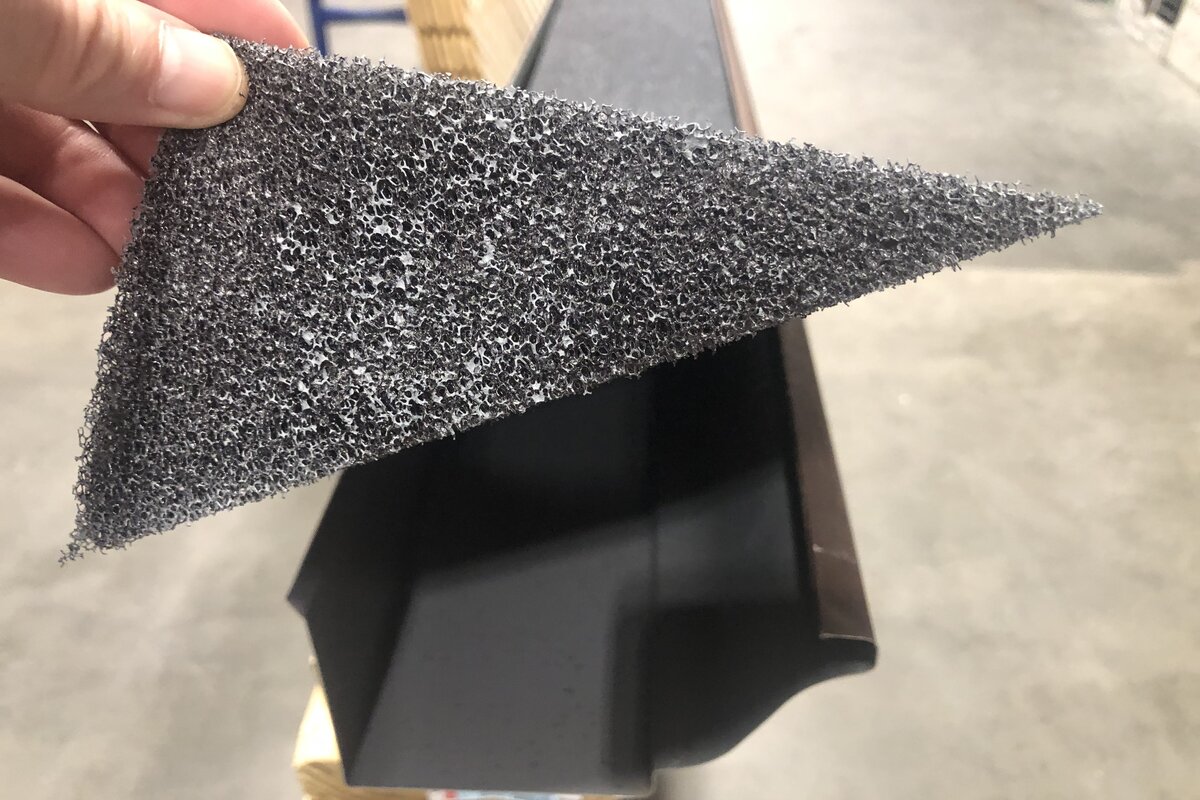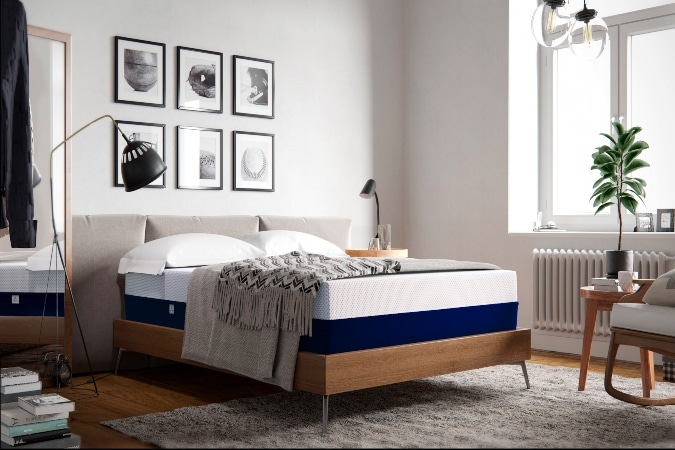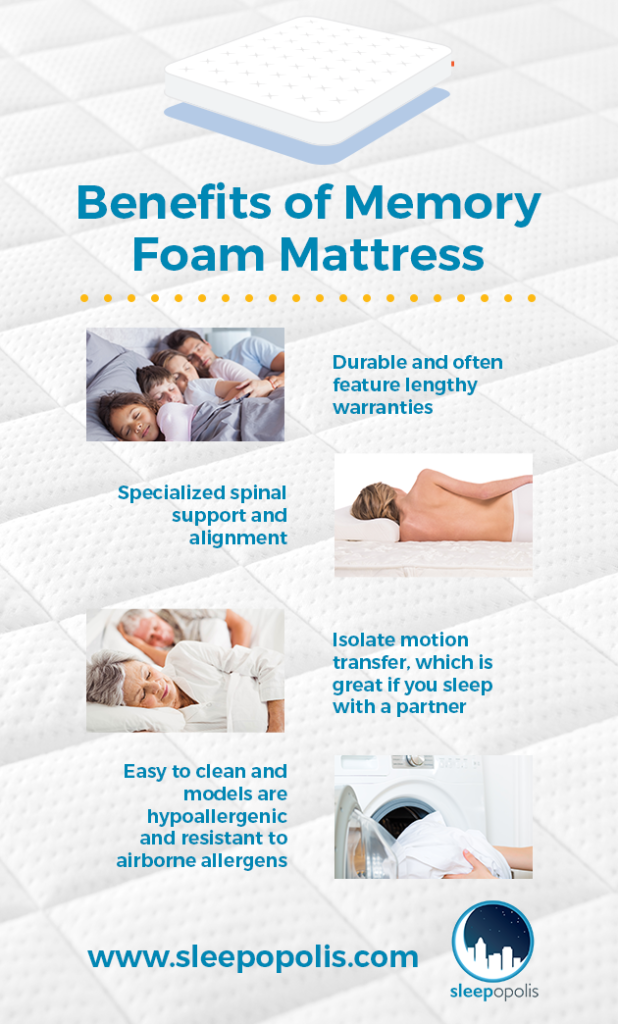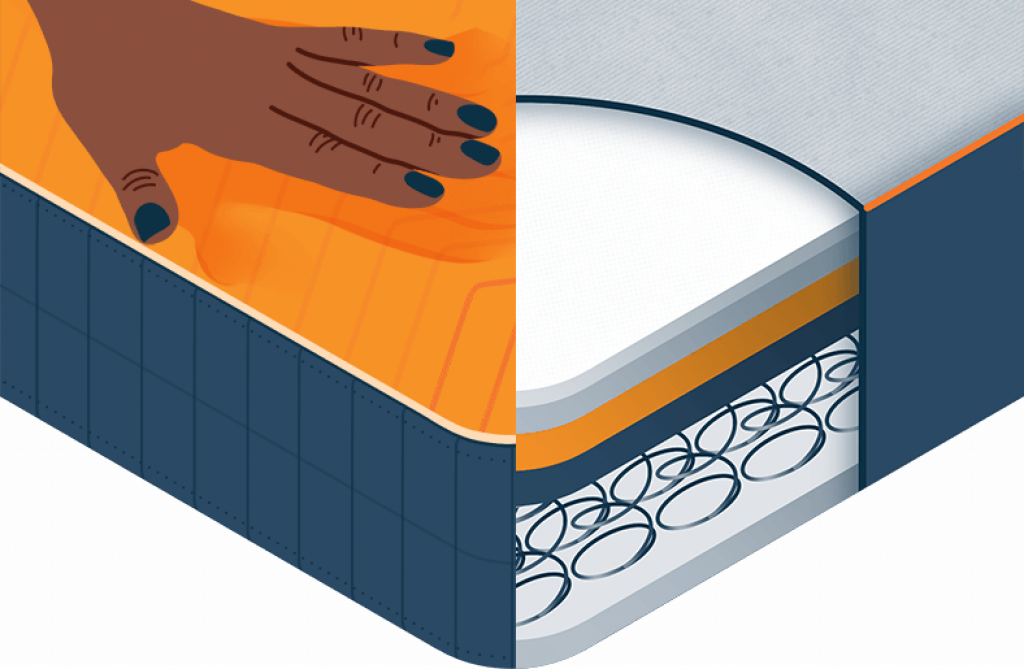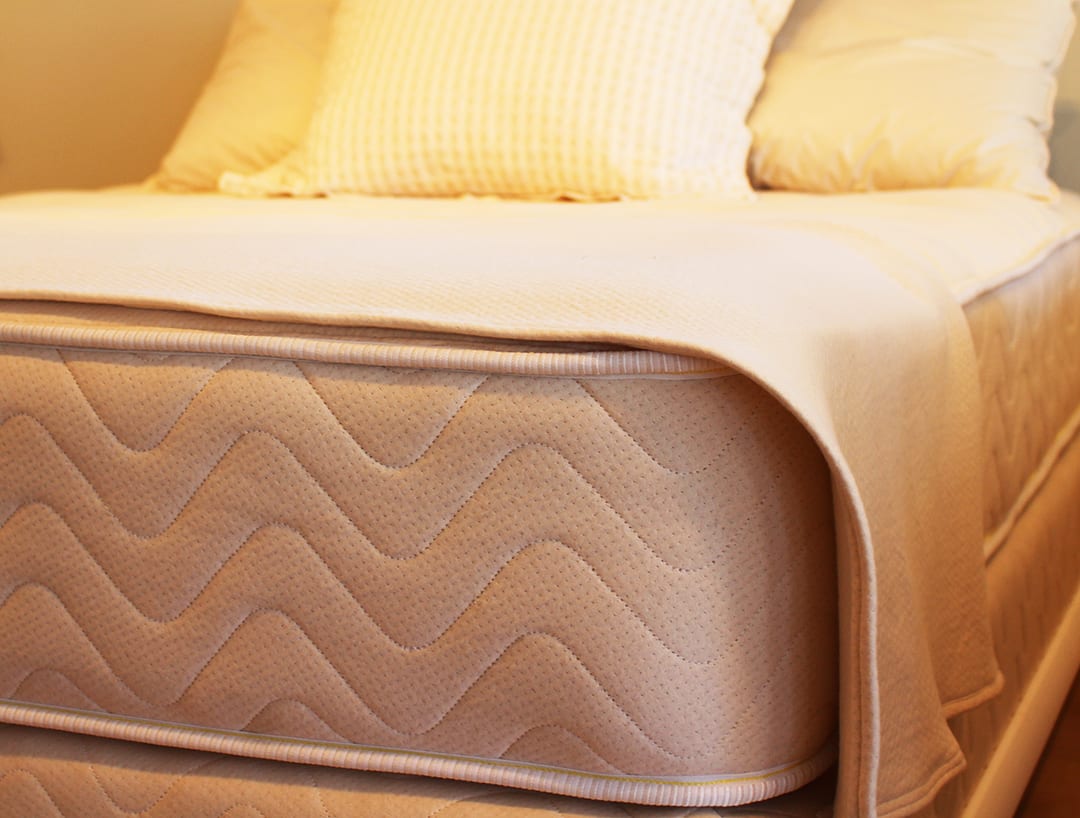When it comes to choosing a crib mattress for your baby, there are two main options to consider: foam or innerspring. Each type has its own unique features and benefits, and it can be overwhelming trying to decide which one is best for your little one. In this article, we'll break down the differences between foam and innerspring crib mattresses and help you make an informed decision for your baby's sleep environment. Foam vs Innerspring Crib Mattress: Which is Better for Your Baby?
Let's start by looking at the pros and cons of each type of crib mattress. Foam mattresses are generally more affordable, lightweight, and easy to move around. They also tend to be more hypoallergenic, making them a good choice for babies with allergies or sensitive skin. However, foam mattresses may not be as durable as innerspring mattresses and can lose their shape over time. Innerspring mattresses, on the other hand, are known for their durability and support. The coils inside the mattress provide a firm surface, which is recommended for babies to prevent suffocation or SIDS. However, innerspring mattresses tend to be more expensive and heavier, making them more difficult to move or change sheets on. They may also be more prone to allergens and dust mites, which can be a concern for babies with allergies or asthma. The Pros and Cons of Foam and Innerspring Crib Mattresses
When it comes to safety, both foam and innerspring mattresses can provide a safe sleeping surface for your baby. However, it's important to choose a mattress that is firm and meets safety regulations. Foam mattresses should have a density of at least 1.5 pounds per cubic foot, while innerspring mattresses should have a coil count of at least 135. It's important to avoid mattresses that are too soft or too thin, as they can increase the risk of suffocation. Foam vs Innerspring: Which Crib Mattress is Safer for Your Baby?
Comfort and support are important factors to consider when choosing a crib mattress for your baby. Foam mattresses tend to provide a softer and more cushioned surface, making them more comfortable for babies. However, they may not provide enough support for growing bodies. Innerspring mattresses, on the other hand, offer a firmer surface that can support your baby's spine and promote proper alignment. Comparing the Comfort and Support of Foam and Innerspring Crib Mattresses
When it comes to durability, innerspring mattresses tend to have the upper hand. The coils inside the mattress provide structure and support, making them less likely to sag or lose their shape over time. Foam mattresses, on the other hand, may become less supportive and comfortable as they age. However, choosing a high-quality foam mattress with a dense and firm structure can help improve its durability. Foam vs Innerspring: Which Crib Mattress is More Durable?
Cost is another important factor to consider when choosing a crib mattress. Foam mattresses are generally more affordable than innerspring mattresses, making them a popular choice for budget-conscious parents. However, it's important to keep in mind that a higher price tag doesn't always equate to better quality. It's important to compare the features and materials of each mattress to ensure you're getting the best value for your money. The Cost Comparison of Foam and Innerspring Crib Mattresses
Babies are messy, and their crib mattress is bound to get dirty from time to time. When it comes to cleaning, foam mattresses have the upper hand. They can be wiped down and spot cleaned with ease, making them a convenient choice for busy parents. Innerspring mattresses, on the other hand, may be more difficult to clean due to their structure and weight. However, both types of mattresses should be covered with a waterproof mattress protector to protect against spills and accidents. Foam vs Innerspring: Which Crib Mattress is Easier to Clean?
As consumers become more aware of the impact of their purchases on the environment, eco-friendly options for crib mattresses have become more popular. Foam mattresses are generally made from petroleum-based materials, which may not be the most environmentally friendly option. Innerspring mattresses, on the other hand, may have a more sustainable production process and can be made with organic or natural materials. It's important to research the materials and production methods of each mattress to make an environmentally conscious decision. The Environmental Impact of Foam and Innerspring Crib Mattresses
For babies with allergies or sensitive skin, choosing the right crib mattress is crucial. Foam mattresses are generally more hypoallergenic due to their dense structure, making them less likely to harbor allergens and dust mites. However, innerspring mattresses can also be a good option if they are made with hypoallergenic materials. It's important to check the materials and certifications of each mattress to ensure it is safe for your baby's allergies. Foam vs Innerspring: Which Crib Mattress is Better for Allergies?
After weighing the pros and cons of foam and innerspring crib mattresses, it's clear that both options have their own unique features and benefits. Ultimately, the best choice for your baby will depend on your budget, preferences, and needs. It's important to choose a safe, firm, and supportive mattress that meets safety regulations and provides a comfortable sleeping surface for your little one. Whether you choose a foam or innerspring crib mattress, the most important thing is that your baby has a safe and comfortable place to sleep. With the right choice, your baby can sleep soundly and grow healthy and strong. The Final Verdict: Foam or Innerspring Crib Mattress?
The Importance of Choosing the Right Crib Mattress for Your Baby

Why the Foam versus Innerspring Debate Matters
 When it comes to preparing for a new baby, there are countless decisions to be made, from choosing the perfect name to designing the nursery. One important decision that often gets overlooked is the type of crib mattress to purchase. While it may seem like a minor detail, the type of mattress you choose can have a significant impact on your baby's comfort and safety. There are two main types of crib mattresses on the market: foam and innerspring. Let's take a closer look at the differences between them and why this debate matters.
Foam mattresses
are typically made from polyurethane foam and are known for their lightweight and affordable nature. They are also known for being firmer, which is recommended for infants as it reduces the risk of Sudden Infant Death Syndrome (SIDS). However, some parents may be concerned about the potential chemicals used in the production of foam mattresses, such as flame retardants and volatile organic compounds (VOCs). Additionally, foam mattresses may not have as much support for older babies and toddlers as they continue to grow and develop.
On the other hand,
innerspring mattresses
are made with steel coils and are generally considered to be more durable and supportive than foam mattresses. They also tend to have better airflow, which can help regulate the baby's body temperature and reduce the risk of overheating. However, they can be more expensive and heavier than foam mattresses, making them more difficult to maneuver and change sheets on. Some parents may also have concerns about the potential for the metal coils to poke through the mattress and pose a safety hazard.
So, which type of mattress is better for your baby? The truth is, there is no one right answer. Both foam and innerspring mattresses have their own advantages and disadvantages, and what may work for one baby may not work for another. It ultimately comes down to personal preference and what you feel most comfortable with as a parent.
In addition to considering the material and support of the mattress, it's also important to take into account other factors such as the firmness, size, and safety certifications. No matter which type of mattress you choose, make sure it meets the safety standards set by the Consumer Product Safety Commission (CPSC) and the American Society for Testing and Materials (ASTM).
In conclusion, the foam versus innerspring debate matters because it ultimately impacts your baby's comfort and safety. It's important to carefully consider the pros and cons of each type of mattress and make an informed decision based on your own personal preferences and needs. After all, a good night's sleep for your baby means a good night's sleep for you as well.
When it comes to preparing for a new baby, there are countless decisions to be made, from choosing the perfect name to designing the nursery. One important decision that often gets overlooked is the type of crib mattress to purchase. While it may seem like a minor detail, the type of mattress you choose can have a significant impact on your baby's comfort and safety. There are two main types of crib mattresses on the market: foam and innerspring. Let's take a closer look at the differences between them and why this debate matters.
Foam mattresses
are typically made from polyurethane foam and are known for their lightweight and affordable nature. They are also known for being firmer, which is recommended for infants as it reduces the risk of Sudden Infant Death Syndrome (SIDS). However, some parents may be concerned about the potential chemicals used in the production of foam mattresses, such as flame retardants and volatile organic compounds (VOCs). Additionally, foam mattresses may not have as much support for older babies and toddlers as they continue to grow and develop.
On the other hand,
innerspring mattresses
are made with steel coils and are generally considered to be more durable and supportive than foam mattresses. They also tend to have better airflow, which can help regulate the baby's body temperature and reduce the risk of overheating. However, they can be more expensive and heavier than foam mattresses, making them more difficult to maneuver and change sheets on. Some parents may also have concerns about the potential for the metal coils to poke through the mattress and pose a safety hazard.
So, which type of mattress is better for your baby? The truth is, there is no one right answer. Both foam and innerspring mattresses have their own advantages and disadvantages, and what may work for one baby may not work for another. It ultimately comes down to personal preference and what you feel most comfortable with as a parent.
In addition to considering the material and support of the mattress, it's also important to take into account other factors such as the firmness, size, and safety certifications. No matter which type of mattress you choose, make sure it meets the safety standards set by the Consumer Product Safety Commission (CPSC) and the American Society for Testing and Materials (ASTM).
In conclusion, the foam versus innerspring debate matters because it ultimately impacts your baby's comfort and safety. It's important to carefully consider the pros and cons of each type of mattress and make an informed decision based on your own personal preferences and needs. After all, a good night's sleep for your baby means a good night's sleep for you as well.




















